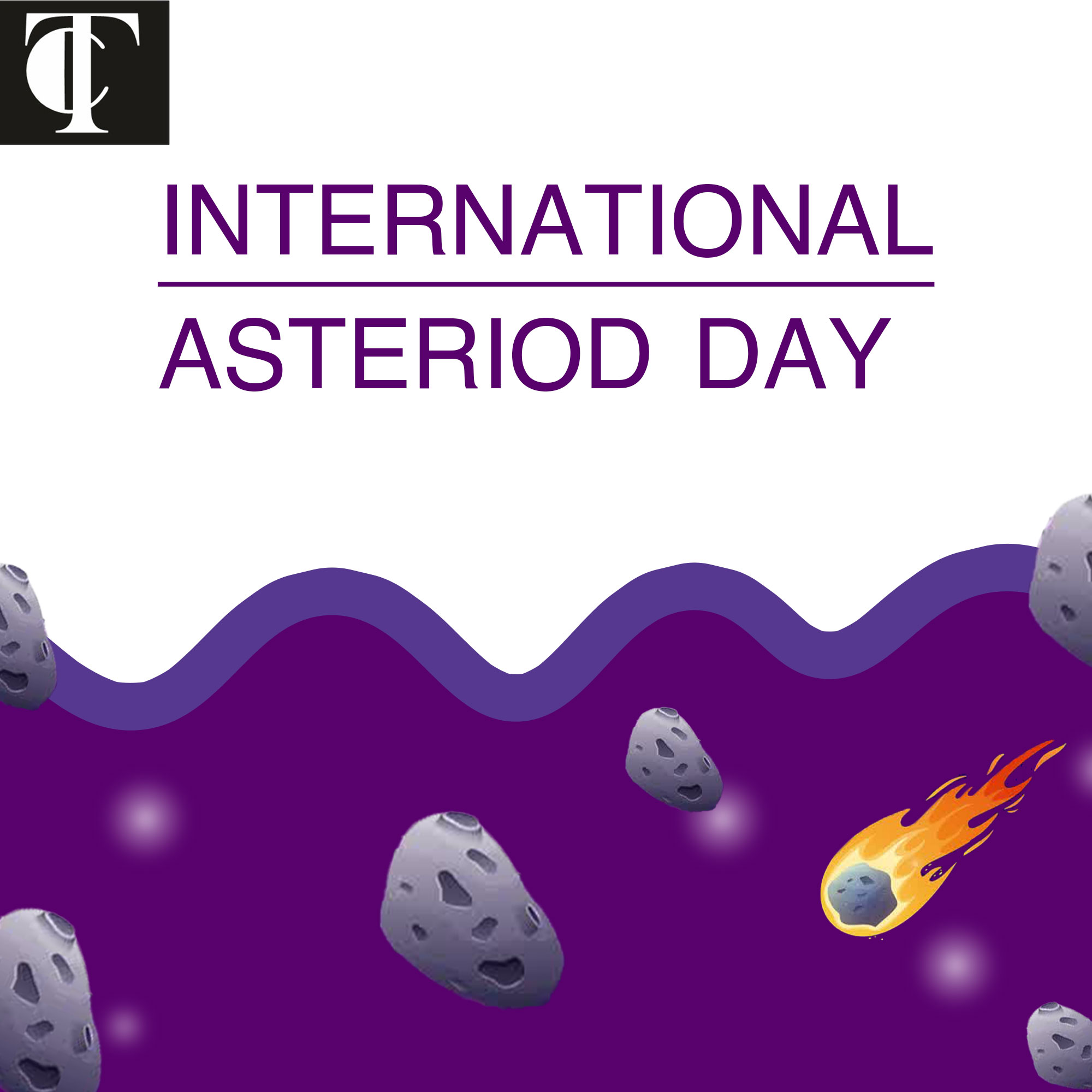


IN SHORT
- International Asteroid Day is observed globally on June 30.
- The day raises awareness about asteroids and their potential hazards.
- Commemorates the Tunguska event of 1908 in Siberia, Russia.
- Established by the UN in 2016 to educate the public and encourage global collaboration.
- Asteroids are rocky remnants from the formation of the solar system
- They can cause catastrophic impacts, as evidenced by historical events like the extinction of dinosaurs.
- Efforts are ongoing to develop methods to detect and mitigate asteroid threats.
Every year on June 30, the world observes International Asteroid Day, a day devoted to bringing attention to asteroids, their possible risks, and the value of international cooperation and scientific study in averting asteroid strikes. On this day, people remember the anniversary of the Tunguska disaster, a gigantic explosion over Siberia in 1908 that destroyed almost 2,000 square kilometers of forest due to an asteroid or comet fragment.
Raising Awareness
Educating people about asteroids and the catastrophic consequences of their collisions on Earth is the main goal of International Asteroid Day. Individuals and organizations may collaborate to create detection and prevention measures by having a shared awareness of these hazards.
Historical Context
The day honors important events in history, highlighting the potential devastation caused by asteroid strikes, such as the 2013 Chelyabinsk disaster and the 1908 Tunguska disaster. One of the strongest explosions ever documented in history was the Tunguska incident, which was brought on by a space object.
Scientific and Educational Goals
As stony leftovers of the solar system that formed 4.6 billion years ago, asteroids provide important information about the past of the planets and the sun. Scientists may learn more about asteroids and create strategies to avert future collisions by examining meteorites, which are pieces of asteroids that fall to Earth.
In 2016, B612 Foundation president Danica Remy, astronomer Dr. Brian May, filmmaker Grig Richters, and Apollo 9 astronaut Rusty Schweickart worked together to formally establish World Asteroid Day by the UN. Their goal was to raise awareness among the general public of the threats posed by asteroids and to encourage international research and mitigation measures.
The effects that asteroids have on Earth vary according on their size. While smaller asteroids could go unnoticed, bigger ones have the potential to wipe out entire towns or possibly trigger global extinctions. It is thought that a series of circumstances that resulted in the extinction of the dinosaurs were set off by an asteroid collision around 65 million years ago.
Researchers and scientists are investigating a number of strategies to stop asteroid collisions. Possible remedies consist of:
READ ALSO : Hool Diwas: A Tribute to the First Rebellion Against British Rule